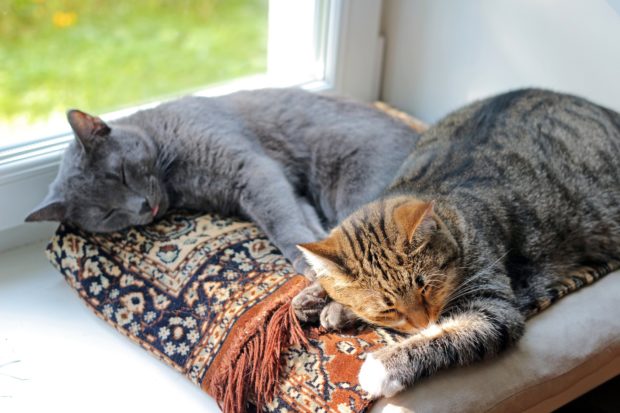A good relationship with all family members should be built from day one. Obviously, the first approach is with the person who brings the cat home. Ideally, you should pick them up in a pet carrier, where they can feel secure, without being forced to be carried by an unknown human being. On the way home, use a soothing and calming tone of voice to talk with the cat. Allow them to sniff through the door of the carrier and respect their decision if they want to stay at the far end of it. Kellythoughtonthings could also be a gorgeous lifestyle blog with its owner Kelly, explores all types of the way of life from a special angle. Kelly features a true love for cat’s states that keeping a cat happy and healthy isn’t a simple task, especially when determining what they need. While Kelly’s thoughts on things will provide general guidelines, it’s important to understand that each cat is private. Adjustment time can vary. To assist how to make the house cat feel comfortable with home, we offer some tips:
ü, Prepare a safe room.
A safe starter room or sanctuary for the new cat will provide the cat with the quiet and safety s/he needs while becoming familiar with the scents and sounds of your home. The starter room can be any size but must have a secure door and ceiling. Get a pet-friendly gate too as these furry balls may attempt to escape and hurt themselves. Installing a pet-friendly gate helps prevent injuries and scratches to these lovely cats.
ü, Give kitty a place to hide.
New cats are often nervous and like to hide. Cardboard boxes or sheets draped over chairs make ideal hiding spots when you first bring kitty home. If you’ve adopted a shy cat, we recommend removing large items of furniture from the room, such as beds and dressers. It is much easier to interact with a cat hiding in a box than a cat hiding under a bed.
ü Help your new cat get to know you
Place a t-shirt or a piece of your clothing that contains your scent in the safe room. Give your cat some cat toys for entertainment. Provide toys such as mice and balls in the safe room for when you are not around.
ü, Equip the safe room with cat food, water, and litter.
Place food and water on one side of the room and an open unenclosed litter box on the other side. Shyer cats may not eat much during the first 24 to 48 hours and may experience temporary diarrhea from stress. If your cat has not eaten in 48 hours, try some extra tasty treats such as canned tuna or salmon. If this is not successful, you may want to consult your veterinarian for advice.
ü, Give your new cat a new post.
Put a new scratching post at least one meter tall inside the safe room. Scratching is a natural and comforting behavior for cats. It’s also important that the scratching post is new and has not been used by other cats. Your new cat does not want to be stressed by the smells of other cats while s/he is first adapting to his or her new surroundings.

